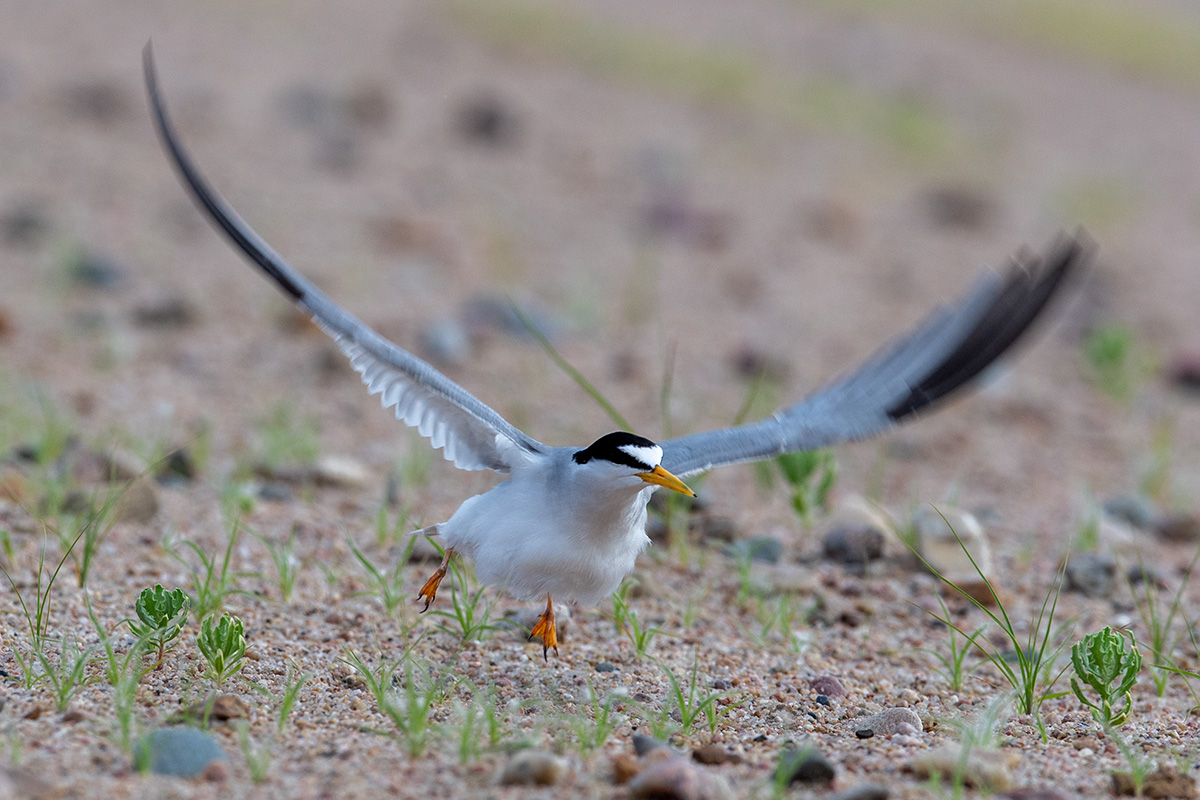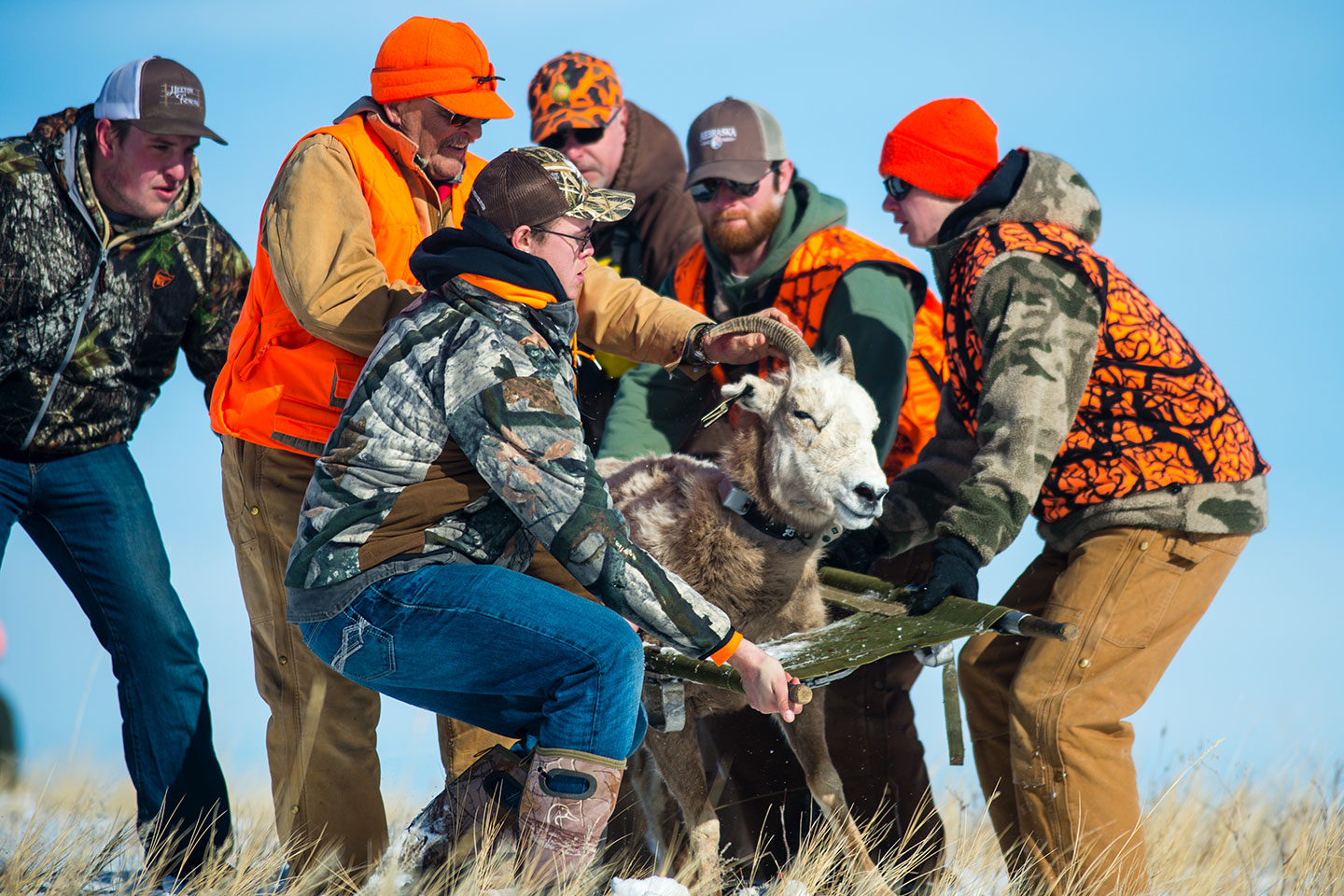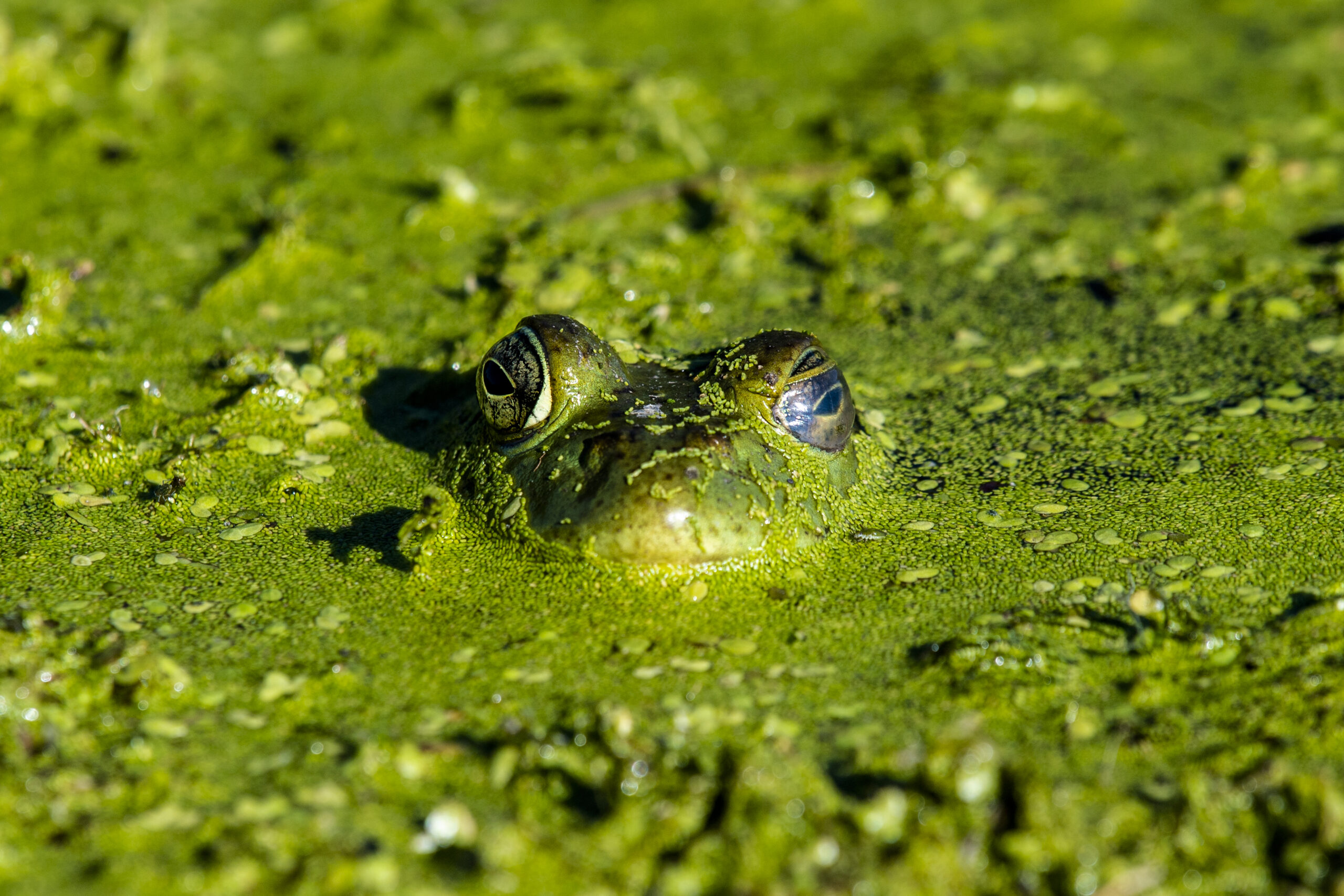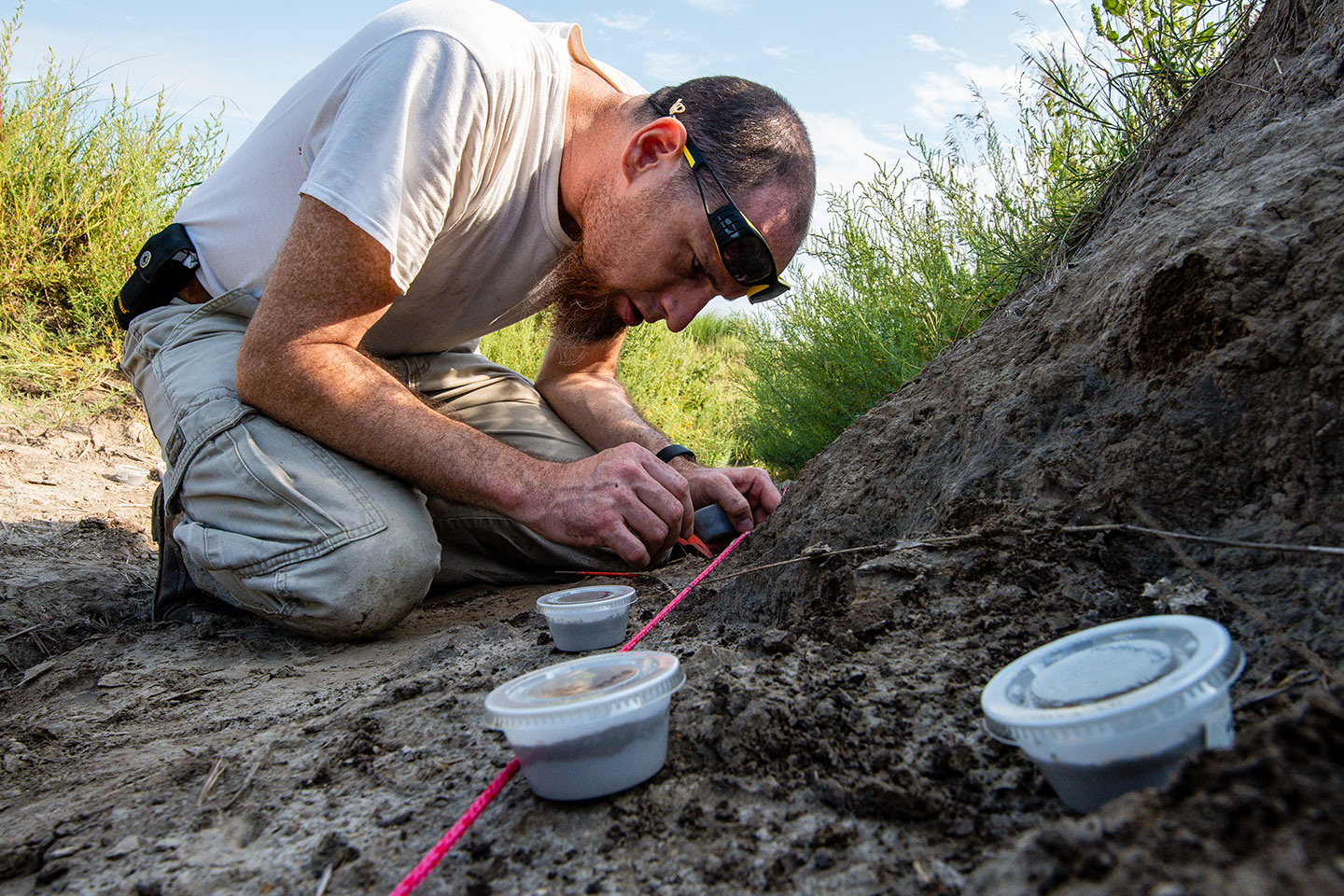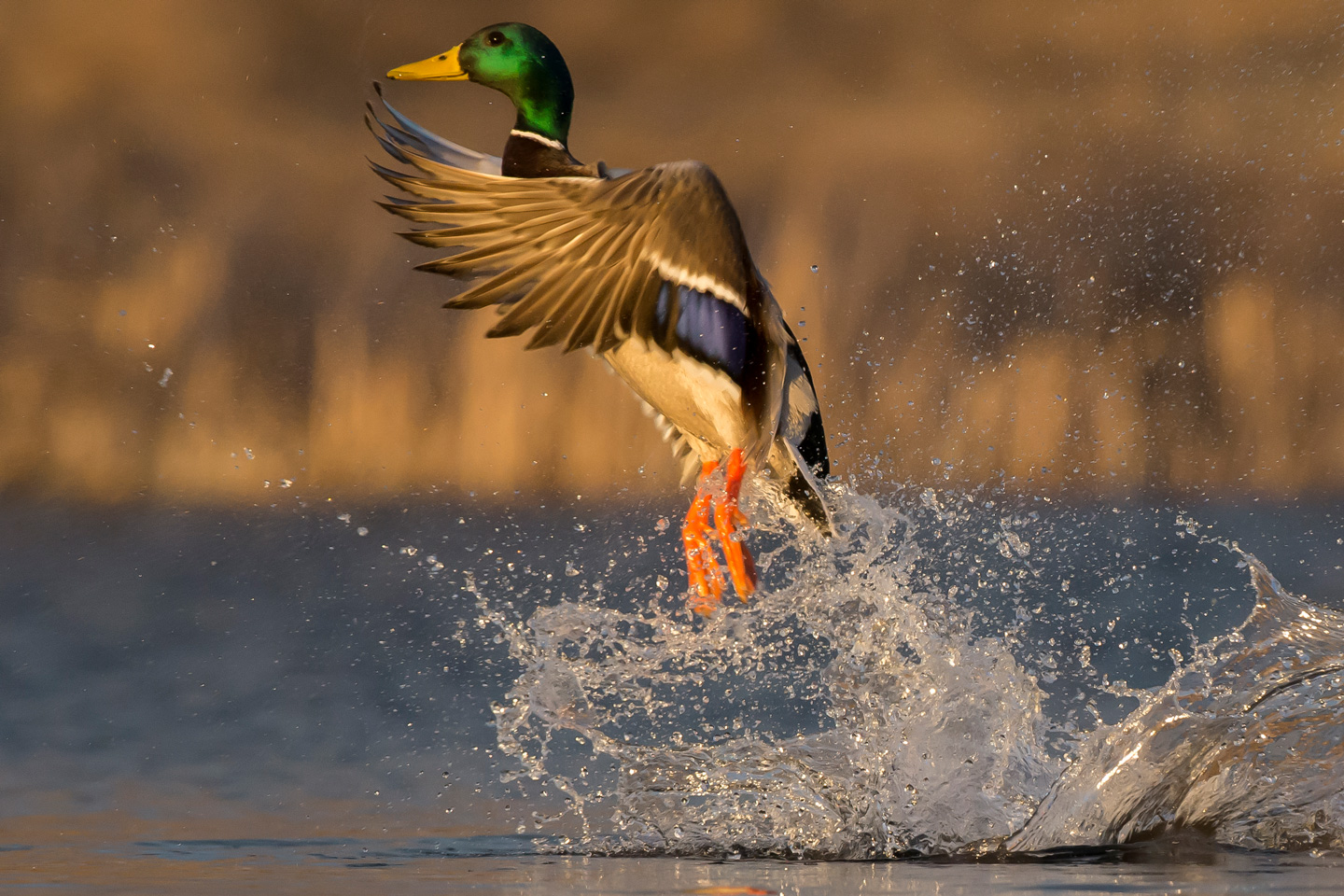Waterfowl Program
The Waterfowl Program covers the management, conservation, research, and monitoring of waterfowl and their habitats in Nebraska, Central Flyway, and at national and international levels to provide for hunting and other recreational opportunities. The program also includes engagement and understanding of waterfowl hunter and other constituent’s issues, preferences, participation, and cooperation for more effective waterfowl management and conservation.
Recent Articles
By Mark Vrtiska, Ph.D.
April, 2020
The Light Goose Conservation Order (LGCO) was established in 1999 to reduce the mid-continent populations of lesser snow and Ross’s geese. Recent research has indicated that the LGCO has been ineffective at reducing these populations. One factor that may reduce the effectiveness of the LGCO is the harvest of individuals that are in relatively poorer condition, and thus, do not affect population levels.
This harvest condition bias hypothesis was evaluated for lesser snow and Ross’s geese during the LGCO. Body condition was determined from data from lesser snow and Ross’s geese collected during the LGCO in 2015 and 2016 during spring migration in Arkansas, Missouri, Nebraska, and South Dakota. In each state, birds were collected from LGCO participants using traditional decoy techniques as well as those collected from the general population using jump-shooting.
Total body lipid content in both lesser snow and Ross’s geese varied with age, region of harvest, and harvest type. On average, adult lesser snow and Ross’s geese harvested over decoys had 60 g and 41 g, respectively, fewer lipids than conspecifics collected from the general population. Lower lipid reserves in decoy shot geese were observed in all four states sampled despite general gains in lipid reserves as migration chronology progressed.
The data support that the harvest condition bias extends to lesser snow and Ross’s geese harvested during the LGCO. In the case of overabundant lesser snow and Ross’ geese, the disproportionate harvest of poorer conditioned individuals in decoy hunting situations may serve as an additional buffer against any realized effects of harvest in addition to extremely low harvest rates.
By Mark Vrtiska, Ph.D.
April, 2020
Current waterfowl populations provide liberal hunting opportunities but waterfowl hunter numbers have declined. The relationship between breeding duck populations (duck bpop) and waterfowl hunter numbers, as indicated by Federal Migratory Bird Hunting Conservation Stamp (duck stamp) sales, has changed and which has impacts to waterfowl habitat conservation.
The relation between duck bpop and duck stamp sales changed between 1995-1994 and 1995-2008, with duck bpops and duck stamp sales being highly correlated from 1955-94, but this relationship weakened during 1995-2008. If the 1955-94 relationship between total duck bpop and duck stamp sales was applied to the period from 1995-2008, approximately 600,000/year additional duck stamps should have been sold, equaling approximately $126 million in gross revenue.
Current relationships of duck bpops and duck stamp sales suggest future estimates of waterfowl hunters will decrease below 1 million as duck bpops decrease below 31 million. Using land protection rates from North and South Dakota, funding to conserve a potential 105,000-200,000 additional acres was not available during 1995-2008 and expected losses of duck stamp revenues could result in an additional 200,000 acres not protected if duck bpops decline. Development and implementation of programs and policies that at least maintain or increase participation in waterfowl hunting will ameliorate habitat loss and waning of waterfowl hunting traditions.

